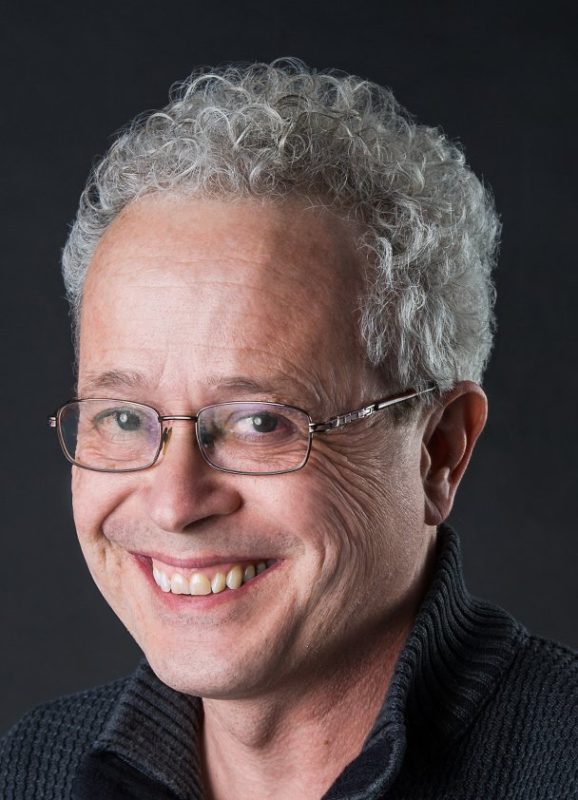single post
Pierre Chartrand
Well known at home and abroad as a dancer, stepdancer, caller, teacher and choreographer, Pierre has been one of Quebec’s leaders in traditional dance for more than 35 year. His career is devoted to the understanding, documenting and continued evolution of Québec dance traditions and repertoires.
Pierre began dancing in 1971 with trad troupe Les Sortilèges. In the early ’80s, he taught dance at the University of Québec in Montréal and around the same time, earned a certificate in Laban dance notation. From 1983-1987, he was a soloist performing at numerous festivals, as well as choreographing for several Québécois dance companies, earning an Anik award in 1982 for “Le Temps d’Une Paix” as well as producing and choreographing the halftime performance for the 1982 Grey Cup which featured 500 dancers. In 1987, Pierre earned a Masters in dance at the Sorbonne in Paris, France, under the direction of Jean-Michel Guilcher, dance ethnologist and head of research at the CNRS. While in France, he performed with Ris & Danceries, Cie Maître Guillaume, folk accordionist Marc Peronne, accordéoniste, trad group Les Maudzits Français and Les Maganés, a trad Québec group he founded with Olivier Chérès et Benoît Reeves.
Upon returning from France, he started the Centre Mnémo, a repository for Québec dance archives and documentation (mnemo.qc.ca), where he is still the director. He also returned to teaching at UQAM for several years and continued to offer workshops in Canada, the U.S. and Europe. He is in part responsible for Québec’s only traditional music program at the cégep in Joliette, where he has taught regularly. In 1997, he was the recipient of a medal for traditional dance at the Madagascar Francophone Games. He founded the traditional dance company Danse Cadence with partner Anne-Marie Gardette and led the Québec stepdance troupe Rapetipetam as well as the storytelling show La Chasse Galerie. With his groups, he has performed at countless festivals, in schools and special events, including appearances at Montréal’s Spectrum and on TV5.
In 2005, he was awarded the Independent Reviewers of New England prize for best choreography for his production Christmas Revels which has been performed in Boston, Houston, San Francisco, Washington and Hanover, NH. He was the 2008 recipient of a Québec Arts Council ethnology grant to collect Québec and Acadian stepdance technique, steps that are often integrated into his teaching and performances. He is the author of many articles on traditional dance in prominent ethnological publications (Bulletin Mnémo, Cap au Diamant, Rabaska…).
Pierre Chartrand est reconnu au pays et à l’étranger comme danseur et professeur, historien et ethnologue en danse, chorégaphe, gigeur et calleur.
Il commence à danser en 1971 dans la troupe Les Sortilèges. Au début des années ’80 il enseigne au bac en danse du l’Université du Québec à Montréal (UQAM). Il obtiendra à la même époque son certificat d’écriture du mouvement Laban.
Entre 1983 et 1987, il se produit solo ou en groupe dans divers festivals américains (il n’y en a pas encore au Québec). C’est aussi la période où il chorégraphie pour diverses compagnies et productions dont prix Anik 1982, pour «Le Temps d’une paix», et la conception et réalisation de la chorégraphie de la mi-temps de la Coupe Grey 1982 (500 danseurs).
En 1987 il part en France pour des études de maîtrise en danse à la Sorbonne (Paris IV), sous la direction de M. Jean-Michel Guilcher (ethnologue en danse et maître de recherche au CNRS). C’est durant ces années à l’étranger (1987-1991) qu’il aura l’occasion de se produire avec diverses compagnies et groupes parisiens, dont : Ris & Danceries, (baroque et Renaissance), la Cie Maître Guillaume (Renaissance), le groupe de Marc Peronne, accordéoniste (folk français)), Les Maudzits Français, (traditionnel québécois) et Les Maganés, qu’il fonda avec Olivier Chérès et Benoît Reeves (traditionnel québécois).
À son retour de France il mettra sur pied le Centre Mnémo (centre d’archives et de documentation : www.mnemo.qc.ca) dont il est toujours le directeur général. À la même époque, il reprendra l’enseignement au bac en danse à l’UQAM pour quelques années, et donnera des ateliers réguliers au Québec, et des stages à travers le monde (France, Italie, Angleterre, É.U., Canada, Danemark…). Il sera d’autre part un des instigateurs du nouveau programme de musique traditionnelle du Cégep de Lanaudière, où il enseignera quelques années.
En 1997 il sera récipiendaire, avec Normand Legault, d’une Médaille en danse traditionnelle aux Jeux de la Francophonie (Madagascar – 1997).

